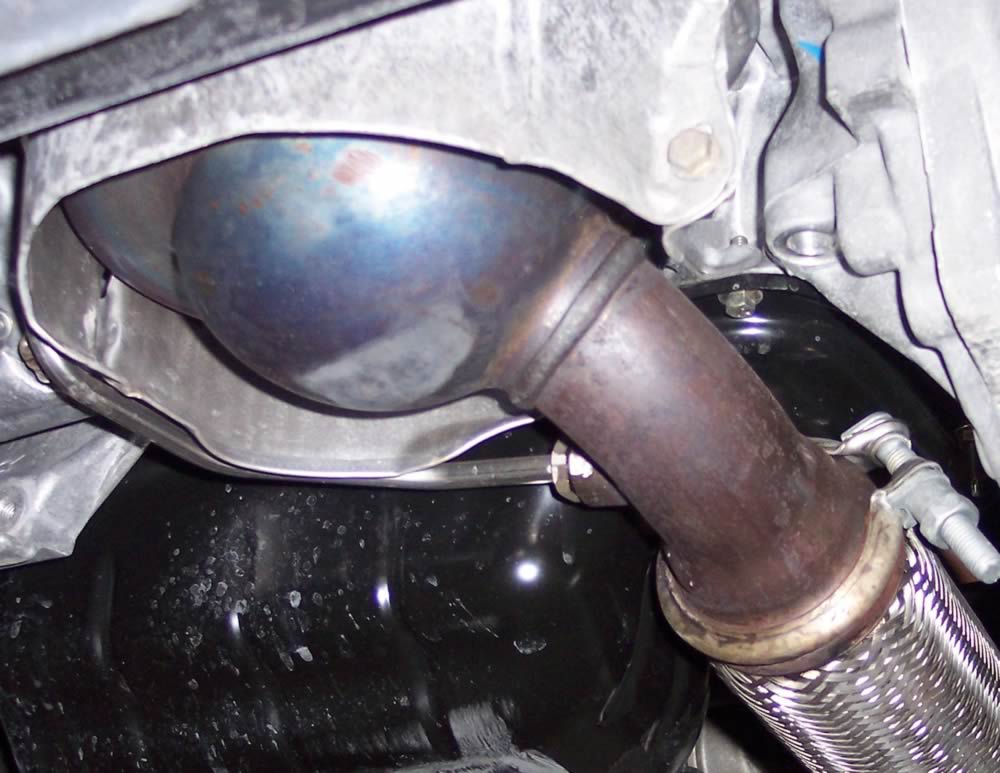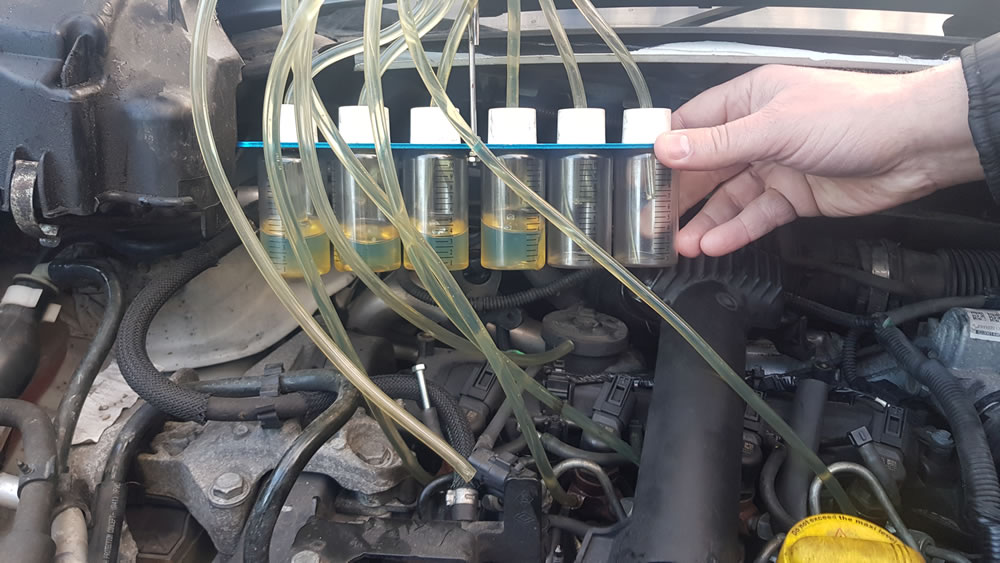Diesel DPF Woes
Modern Turbo Diesel engines are very complicated devices. Many years ago people were told switching to Diesel would cut CO2 and help the planet. Before long Diesel powered cars were outselling Petrol cars, CO2 kept rising but with it there has been a massive increase in Human respiratory illness as a result. One of the “solutions” has been the DPF (Diesel Particulate Filter). These filters can collect up to 100% of soot particulates, and then, under specific conditions using additional fuel, raise the temperature, of the DPF to burn off the soot deposits within it.

The regeneration process is remarkably effective. however, problems can occur when the vehicle is used for a large number short journeys, at low speeds. In these instances, DPF regeneration will not occur and soot levels within the filter will increase. At some point, a dashboard light may illuminate to warn the driver, but it is not always the case, and the car may just progressively run worse and worse, until another engine management fault is triggered. You may be reading this as you’ve got code OBD Code P244B – Diesel Particulate Filter Differential Pressure Too High.
At Balance Motor Works we take a holistic approach to DPF problems. Solving a blocked DPF by unblocking it, may lead to it blocking again. The whole system must work in close-knit harmony to deliver a reliable drive, time and again. By appreciating that little nuance, we are more capable of delivering a solution to your problems, rather than another cost.
Solving DPF woes – a real world example
As an example we recently helped a customer with Renault Scenic, who had the engine management light on. The faults indicated possible EGR valve problems ( P0487 & P2413) together with engine oil dilution with fuel ( DF096). The customer had put the car into a garage who seemed to think that the root of the problem was the car needing a software update. It was clear from the DPF differential pressure that it was completely blocked.
Oddly the car hadn’t thrown OBD Code P244B – Diesel Particulate Filter Differential Pressure Too High – which would have been expected.
What is an acceptable figure for DPF Differential Pressure? The answer is as little as possible. Adding back pressure will make the engine work harder, and use more fuel to deliver the same power. Usually though, over a certain point it just makes a lot less power.
We’d say you could go by this as a guide below, but bear in mind the later and tougher the emissions standard, the higher the acceptable pressure. Consult the manufacturers specification if in doubt.
| MAX POWER RPM | Conclusion | |
| mbar | ||
| <20 | Brilliant DPF causing almost no restriction | |
| 20-99 | Good result and typical of a DPF in good working order | |
| 100-250 | DPF causing up to 0.25 BAR of pressure – needs investigation | |
| 250-500 | Serious restriction probably not allowing car to do a Forced Regen | |
| 500-1000 | Performance loss very marked at this level | |
| >1000 | Car can’t pull the proverbial skin off a rice pudding. All your boost is stuck in the DPF |

However it was also clear that with two current error codes, that the engine management system had already stopped regeneration occurring. So we needed to fix those faults first. Just because there is an error, we won’t order a new part until we have tested it, to prove that it is faulty. In this case the EGR did need replacement. What about the dilution of oil with fuel? We think this had been overlooked, it’s a common fault, with serious implications.
The thermostat was stuck partially open, preventing the engine from warming up. If the engine is not at its correct operating temperature then combustion will be more incomplete than usual, which in turn will generate more soot, blocking the DPF. Another side-effect of an engine that is slow to warm up, is an increase in Piston to Bore clearance, and a richer fuel mixture, some of which then escapes past the piston rings into the sump, diluting the engine oil with unburnt diesel fuel. Left unchecked. This can even lead to a runaway situation where the engine runs on its own sump oil, usually destroying itself in the process.
The chances were, that the thermostat was the culprit of the EGR failure, the sump oil dilution, and the DPF blockage. However one should never jump to conclusions in these situations, so we performed an injector leak down test to check that the injectors were in good shape. The leak down test should show a similar amount of Diesel fuel returning to the tank from each injector. As you can see below that was successful.

Next we checked the Fuel Flow Correction , although both injector 1 and injector 4 are experiencing more correction than 2 and 3 (no correction would be a figure of 1.0), these figures, on there own, are not necessarily a cause for concern. The ECU sends a Minimum Drive Pulse (MDP) to the injectors and depending on their operation gradually tunes each injector to account for wear. This is why when an new or reconditioned injector is replaced it should be coded correctly to the ECU. If it’s coded with the old data then running problems can occur. However the system compensates and it’s higher corrections that are more alarming e.g if three injectors were at 1.00 and one at 4.00, that would be a clear signal.

The majority of our issues pointed back to the Thermostat, we replaced it as well as the engine oil. Now with no codes the next step was to select a Forced Regeneration of the DPF. Only it wouldn’t let us. It was too blocked. We chose to drive the car at a steady speed to see if the DPF would start to unblock. We started to see the pressure reduce and performance was starting to return.

However the ECU still wouldn’t let us do a forced regen. We reported our findings back to the customer (who incidentally did do a lot of short trips in this car) and suggested we could either remove the DPF for manual cleaning, or suggested he try a long drive.
He was happy to try option B and we are happy to report the pressure is now minimum 5 mbar and max 65mbar. So not only have the problems been solved, but the DPF didn’t even need to be removed nor replaced. It would be nice if Renault would make factory data available, but you must pay for it.
So if you have Diesel DPF issues – come to Balance Motor Works and we’ll do our best to solve your issues for a reasonable price!

